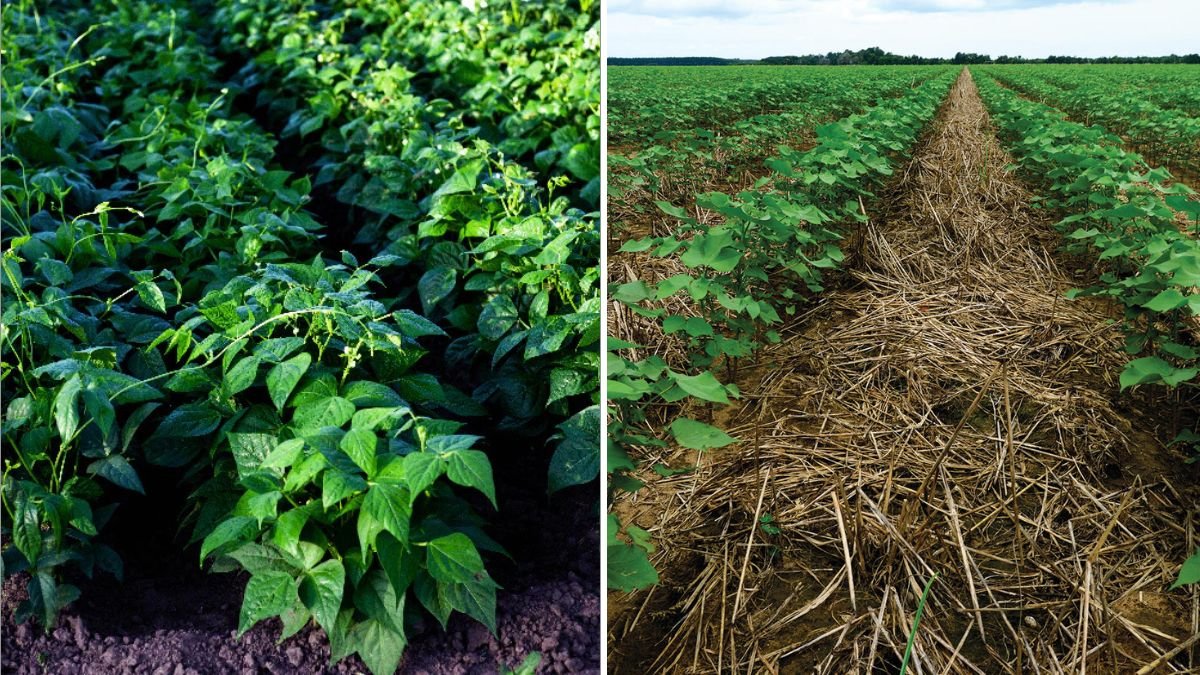Healthy soil is the foundation of every thriving garden. Whether you’re growing vegetables, flowers, or fruit trees, the vitality of your plants depends on the nutrients, structure, and microbial life in the soil. Over time, though, soil can become depleted—nutrients are used up, organic matter breaks down, and compaction limits root growth. That’s where cover crops come in.
Cover crops, also known as “green manures,” are plants grown primarily to improve the soil rather than to harvest. When chosen wisely, they can rejuvenate tired soil, prevent erosion, suppress weeds, and even attract pollinators. Let’s explore how they work, why they’re essential, and which species are best for enriching your garden beds year after year.
Why Grow Cover Crops?
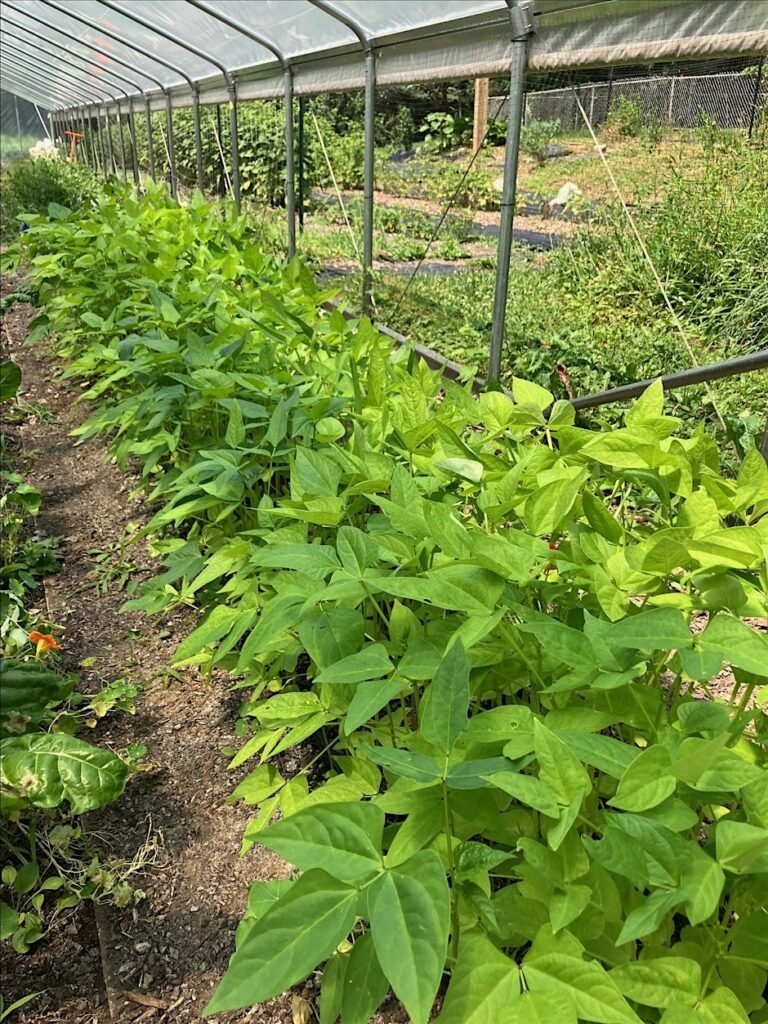
Cover crops aren’t just for large farms—they’re one of the most valuable tools home gardeners can use for natural soil improvement. Here’s what they do:
1. Prevent Soil Erosion
Bare soil is vulnerable to erosion from wind and rain. Cover crops anchor the soil with their roots, keeping it intact through winter and during rainy seasons.
2. Add Organic Matter
When turned back into the soil, cover crops decompose into rich organic material, improving structure, drainage, and nutrient content.
3. Fix Nitrogen Naturally
Leguminous cover crops (like clover or vetch) have special root nodules that convert atmospheric nitrogen into forms plants can use. This natural process reduces the need for synthetic fertilizers.
4. Suppress Weeds
Dense cover crops block sunlight from reaching weed seeds, limiting their germination and growth. They act as a living mulch that saves you time and effort.
5. Improve Soil Structure
Deep-rooted species like rye and radish break up compacted soil layers, increasing aeration and helping water penetrate deeper.
6. Support Beneficial Insects
Flowering cover crops attract pollinators and predatory insects that help control garden pests naturally.
When to Plant Cover Crops
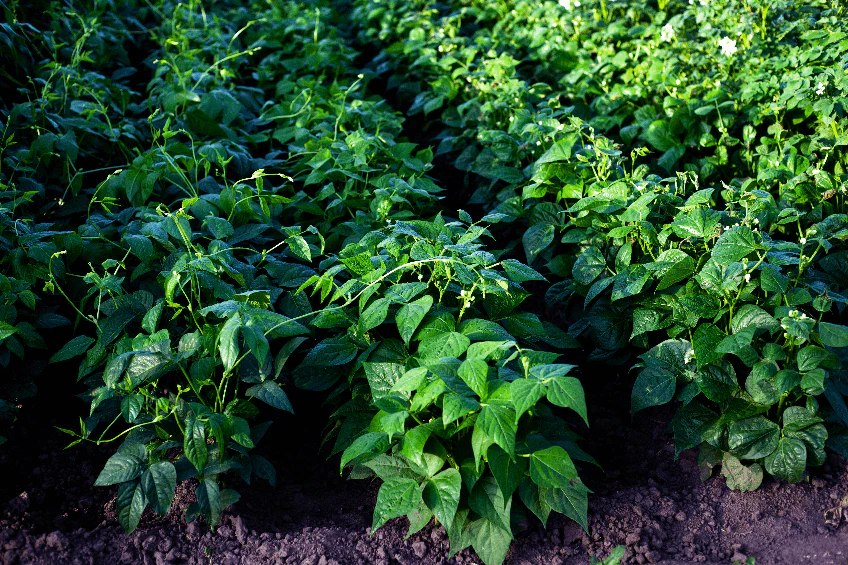
Cover crops are usually divided into cool-season and warm-season types, depending on when they’re planted:
- Cool-season cover crops (like rye, vetch, and clover) are planted in fall and grow during winter or early spring.
- Warm-season cover crops (like buckwheat and cowpeas) are sown in late spring or summer, filling gaps between main crops.
In most gardens, fall planting is ideal because it protects the soil through the off-season and prepares it for strong spring growth.
Top 8 Cover Crops for Building Soil Health
Let’s look at some of the most effective cover crops and what makes each one valuable.
1. Winter Rye (Secale cereale)
Best for: Erosion control, organic matter, and weed suppression.
Winter rye is one of the most dependable cover crops for home gardens. It grows quickly in cool weather, tolerates poor soils, and provides dense root coverage that prevents erosion. As it decomposes, it adds large amounts of biomass to the soil—boosting organic matter and moisture retention.
How to use: Sow in late summer or early fall. Mow or till under about 2–3 weeks before spring planting, when it’s still tender and green.
Pro tip: Rye can produce allelopathic compounds that inhibit seed germination if incorporated too late, so allow time for decomposition before replanting.
2. Crimson Clover (Trifolium incarnatum)
Best for: Nitrogen fixation and attracting pollinators.
Crimson clover’s bright red blooms aren’t just pretty—they’re magnets for bees and beneficial insects. As a legume, it enriches the soil with nitrogen that your next crops can use.
How to use: Sow in early fall or late summer after harvesting vegetables. In spring, cut it down before it sets seed and incorporate it into the soil.
Pro tip: Pair crimson clover with rye for a balanced mix—rye adds biomass, while clover contributes nitrogen.
3. Hairy Vetch (Vicia villosa)
Best for: Nitrogen fixation and soil improvement in cold climates.
Hairy vetch is a cold-hardy legume that thrives even in poor or sandy soils. It grows slowly in fall, then accelerates in spring, covering the ground with dense foliage that smothers weeds.
How to use: Plant in late summer or early fall. In spring, mow or till it under before it flowers for maximum nitrogen release.
Pro tip: It can reseed aggressively if left to flower—so terminate before seed set if you want to avoid volunteers.
4. Daikon Radish (Raphanus sativus var. longipinnatus)
Best for: Breaking up compacted soil and nutrient cycling.
Also called “tillage radish,” daikon radish sends long taproots deep into the ground, loosening compacted layers and creating channels for air and water. When the roots decompose, they leave behind nutrient-rich cavities that future plants can easily exploit.
How to use: Sow in late summer or early fall. Let them grow until frost kills the foliage, then leave the roots to decay naturally in the soil.
Pro tip: Great for clay-heavy gardens where drainage is poor or compaction is an issue.
5. Buckwheat (Fagopyrum esculentum)
Best for: Fast weed suppression and phosphorus mobilization.
If you need a quick-growing summer cover crop, buckwheat is unbeatable. It matures in just 4–6 weeks, shading out weeds and helping make phosphorus more available in the soil.
How to use: Plant after early-season crops like peas or lettuce. Mow or till under before it sets seed, then replant another round or switch to a fall crop.
Pro tip: Excellent for filling short gaps between harvests; attracts pollinators with its small white flowers.
6. Austrian Winter Peas (Pisum sativum subsp. arvense)
Best for: Nitrogen fixation and improving tilth.
Austrian winter peas are hardy legumes that enrich the soil while producing tender shoots that can even be eaten. Their sprawling growth covers the ground effectively, protecting soil from erosion.
How to use: Sow in early fall and let them grow through winter. Cut or till them under in spring before flowering.
Pro tip: Combine with oats or rye for added structure and weed control.
7. Oats (Avena sativa)
Best for: Erosion control and easy spring management.
Oats are perfect for beginner gardeners because they’re simple to grow and easy to terminate. They germinate quickly in cool weather and provide a lush green mat that dies naturally in winter, leaving a residue that’s easy to work into the soil.
How to use: Sow in late summer or early fall. In spring, lightly till or rake the decomposing residue into the soil.
Pro tip: Great for raised beds or small plots where you want low-maintenance soil coverage.
8. Alfalfa (Medicago sativa)
Best for: Long-term soil enrichment and deep nutrient mining.
Alfalfa’s deep roots can reach up to 3–4 feet, pulling nutrients from the subsoil and bringing them to the surface. It’s a powerhouse for building soil fertility over multiple seasons.
How to use: Sow in spring or fall and let it grow for at least one full season before tilling it under.
Pro tip: Alfalfa performs best in well-drained, slightly alkaline soils. It’s ideal for perennial beds or orchard areas.
How to Incorporate Cover Crops into Your Garden
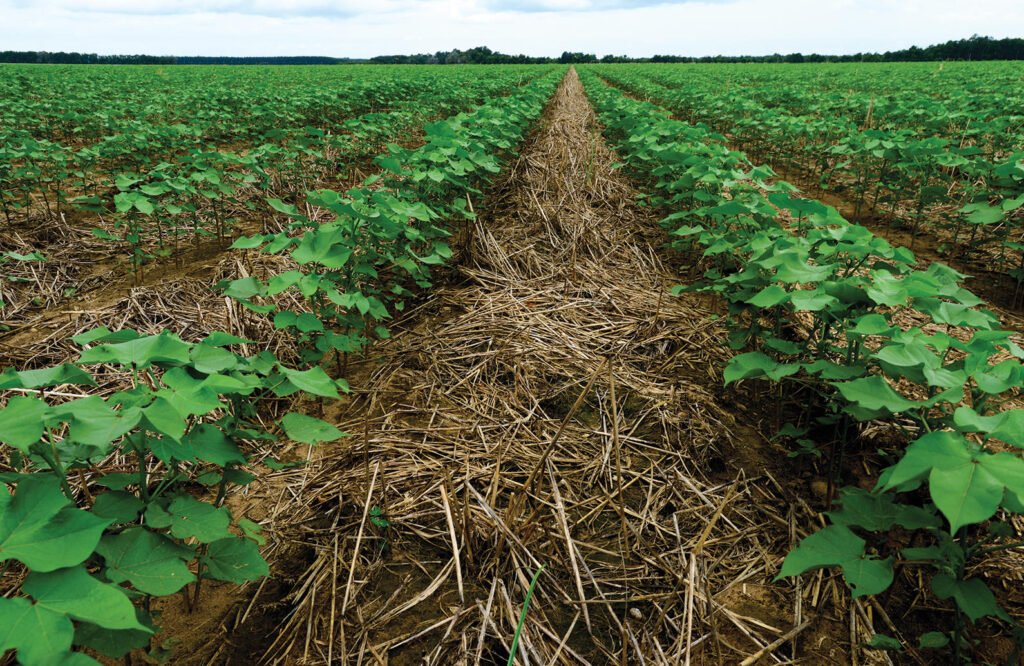
- Timing Matters: Plant cover crops right after harvest or during fall downtime to maximize soil protection.
- Mow Before Flowering: This prevents reseeding and ensures the plant’s nutrients go back into the soil.
- Allow Time to Decompose: After cutting, wait 2–3 weeks before planting your next crop to let organic matter break down.
- Mix and Match: Combining legumes with grasses (e.g., clover and rye) gives you both nitrogen and biomass benefits.
- Use No-Till Methods: For minimal disturbance, you can simply mow and mulch instead of tilling, allowing soil microbes to thrive.
The Bigger Picture: Regenerative Gardening
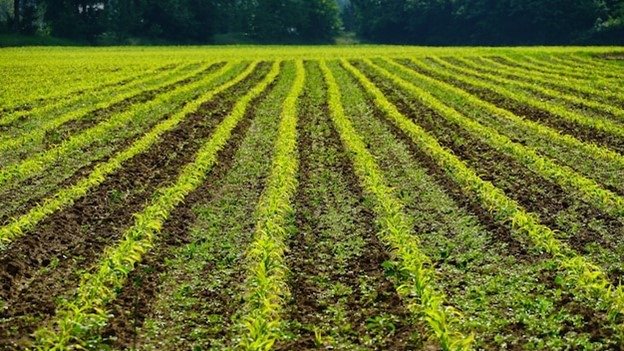
Cover crops aren’t just about soil improvement—they’re part of a bigger movement toward regenerative gardening, where every action strengthens the ecosystem. By using cover crops, you’re helping:
- Reduce dependency on synthetic fertilizers.
- Support pollinators and beneficial insects.
- Store carbon in the soil.
- Create a self-sustaining nutrient cycle.
When you step back and see your garden as a living system, cover crops become not just a seasonal task, but a long-term investment in soil health and resilience.
Final Thoughts
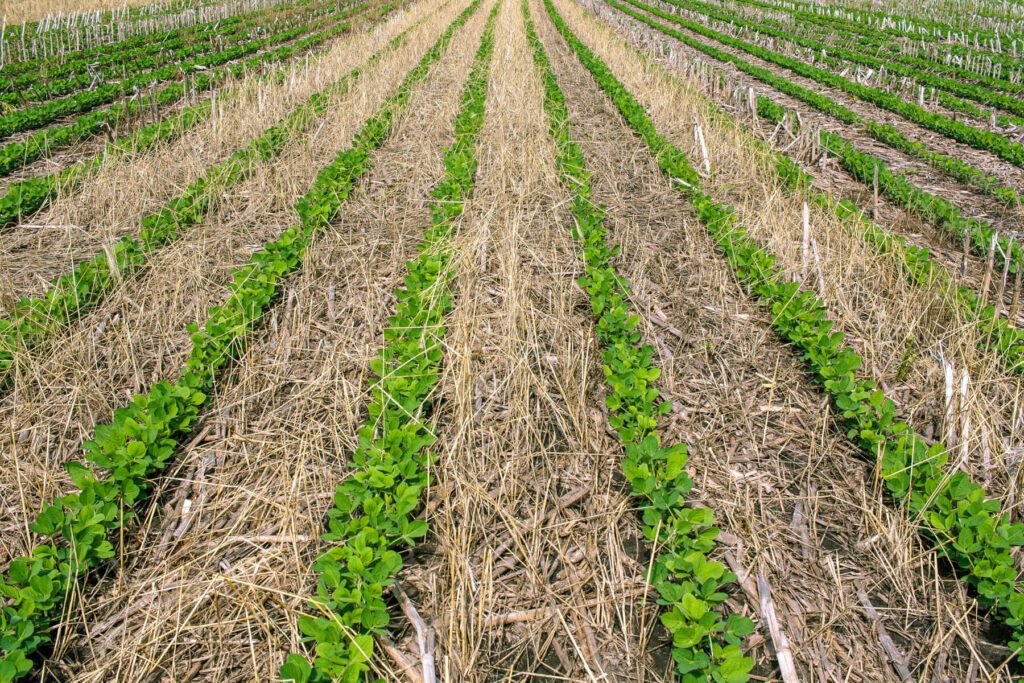
Healthy soil doesn’t happen by accident—it’s built through care, patience, and smart practices like planting cover crops. Whether you’re working a small raised bed or a large backyard plot, the right combination of legumes, grasses, and brassicas can transform your soil over time.
From nitrogen-rich clover to deep-rooted radish, each cover crop brings unique benefits that make your soil richer, looser, and more alive. Once you see how vibrant your plants become after a season of cover cropping, you’ll never want to leave your soil bare again.
In short: feed your soil, and it will feed your garden. Cover crops are nature’s way of giving back—and the best, most sustainable secret to long-term garden success.
